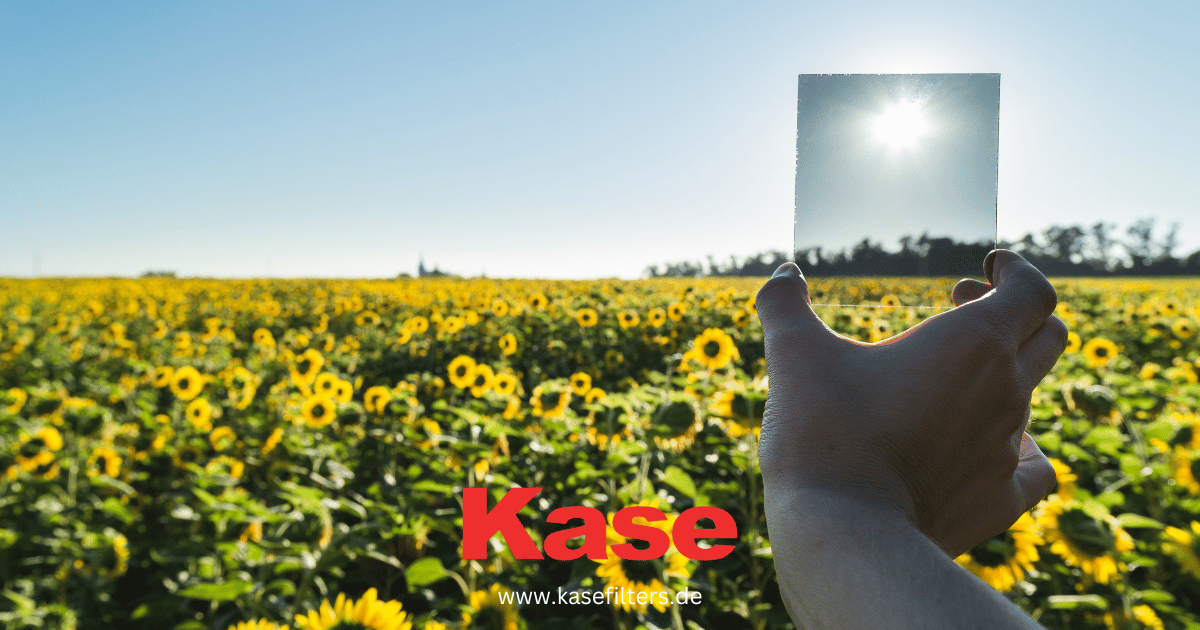General

UV vs ND Filters: A comprehensive guide to differences
Camera filters can improve your photos significantly, but only if you know which filters to use in which situations. If you are not sure if you need a UV or ND filter in your toolkit, keep reading. In this guide, we'll delve into the differences between UV and ND filters to help you make informed choices for your photography adventures.
UV filters for lens protection
Originally, photographers used UV filters to avoid the impact of ultraviolet light on film, which could lead to haziness and a bluish tint in images. In the film era, this was crucial for maintaining the true colours of a scene, especially in outdoor photography. Since modern digital sensors are less sensitive to UV light, these filters have found a new and vital purpose – lens protection.
These filters do not affect colours, or exposure and do not introduce visual effects on the image. Good-quality UV filters do not degrade the image quality. The primary role of UV filters is to protect your valuable camera lens.
When would you need to use a UV filter?
- Everyday outdoor shooting: When you're outdoors, your lens is exposed to various elements like dust, dirt, and even accidental touches. A UV filter provides a physical barrier, preventing these elements from directly impacting the lens glass.
- Seaside or mountain photography: Locations with harsh sunlight, like beaches or high altitudes, can subject your lens to intense UV rays. Using a UV filter in this case helps to reduce atmospheric haze, enhancing the clarity of distant subjects.
- Outdoor shooting in harsh conditions: When shooting in the desert, for example, a UV filter allows you to focus on capturing moments without worrying about scratches on your lens surface.
Explore our range of high-quality UV filters designed to provide optimal protection for your lens while maintaining optical clarity.
ND filters and what you can achieve with light control
At their core, neutral density (ND) filters are designed to reduce the amount of light entering your lens by a specific amount of f-stops without altering the colours in your shot. This reduction in light allows you to achieve some remarkable effects:
- Long exposure magic: One of the most popular uses of ND filters is in creating captivating long-exposure shots. Think silky smooth waterfalls, dreamy clouds streaking across the sky, or the soft trails of lights in urban nightscapes. With an ND filter, you can extend your shutter speed without overexposing the image.
- Balancing exposure in bright conditions: When shooting in bright sunlight, it can be challenging to maintain a balanced exposure. ND filters come to the rescue by allowing you to use wider apertures or slower shutter speeds without overexposing your image.
- Achieving a shallow depth of field in daylight: Want that beautiful, blurred background in your daytime portraits? ND filters enable you to open up the aperture wider even in bright conditions, helping you achieve that shallow depth of field with a bokeh effect.
When should you use an ND filter?
Unlike UV filters, ND filters give a lot of possibilities to create artistic photos. Here are some examples of when you may find it useful:
- Water photography: Capturing the serene flow of water or dramatic crashing waves is easy with ND filters.
- Landscape photography: Transform static landscapes into dynamic scenes by using ND filters to capture the movement of clouds, creating a sense of motion and drama in your photos.
- Urban photography: Whether it's bustling city streets or vibrant night scenes, ND filters enable you to extend your exposure time, capturing the streaks of lights and adding a cinematic touch to your urban shots.
Explore our top-performing ND filters designed for both professional and amateur photographers.
UV vs ND Filter: Quick comparison
When it comes to UV vs ND filters, the choice depends on what you want to achieve. ND filters offer creative control over light, while UV filters provide everyday protection. Here's a quick comparison:
- Optical quality: Both filters maintain optical clarity, ensuring sharp photos.
- Effects on the image: ND filters give a lot of creative freedom and allow for several interesting effects; UV filters are for clarity and reduced haze.
- Usage: ND filters are used only when you want their effect, UV filters can stay on the lens for everyday protection.
- Ease of use: Both are simple to use – just screw them onto your lens!
ND vs UV filter: Choosing the right filter for your needs
Now that you know the differences, how do you choose? If you're aiming for artistic shots with controlled light, go for an ND filter. For everyday protection and improved clarity, opt for a UV filter. Consider your style and needs – your perfect filter awaits!
Did you like our article? Here's some more for you:
Get help from our photography experts and choose the best filter for you!
